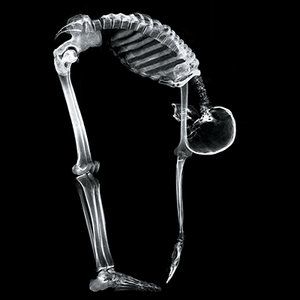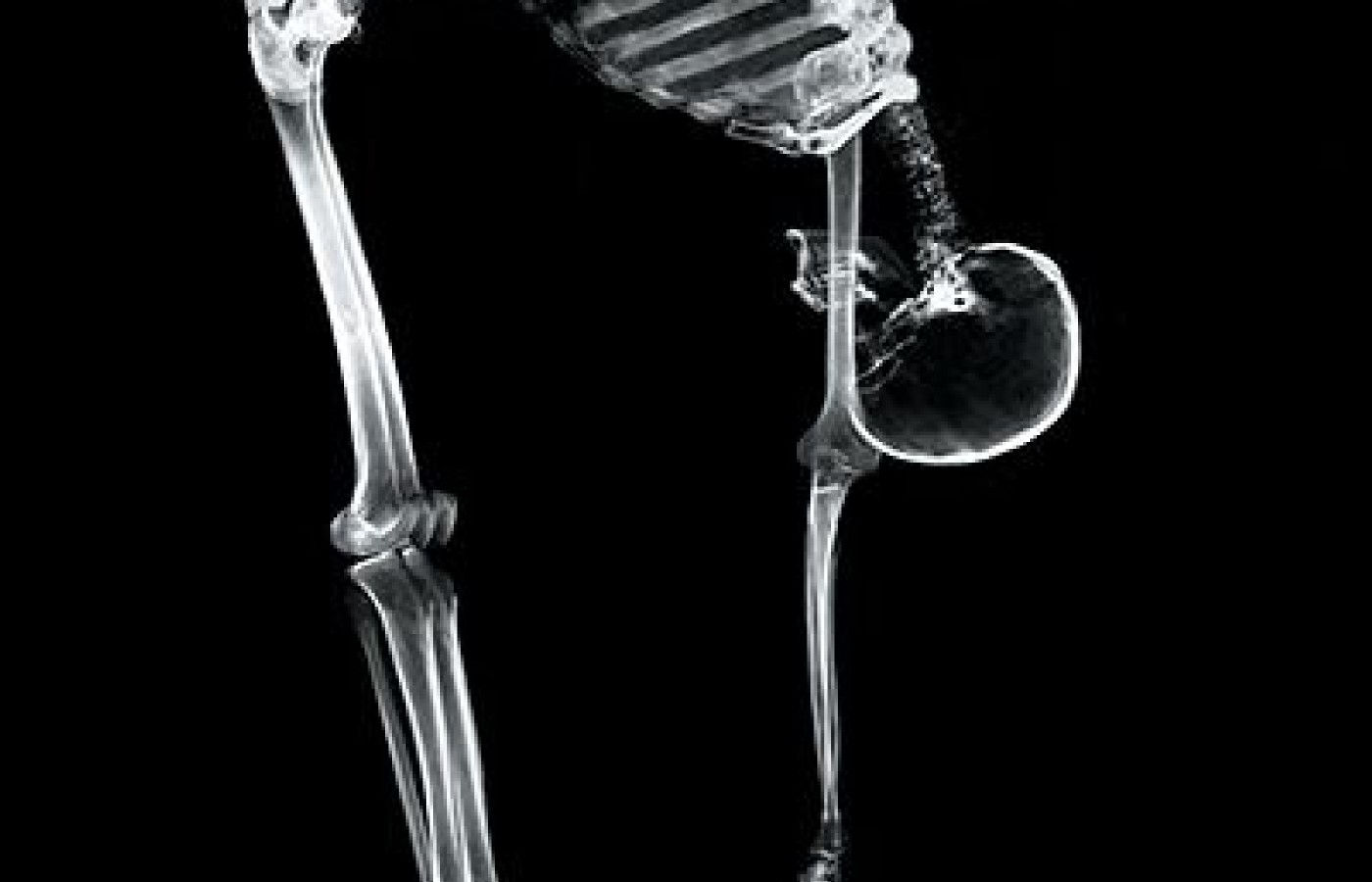Some doctors thrive in a personality-based clinic and have a loyal following no matter what services or equipment they offer, but for most chiropractic offices who are trying to grow and expand, new equipment purchases help us stay relevant and continue to service our client base in the best, most up-to-date manner possible. So, regarding equipment purchasing: should you lease, get a bank loan, or pay cash?
Correcting Dysfunctional Movement Patterns – Is Local Treatment Enough?
It is widely believed that mechanical, non-traumatic back pain is largely related to dysfunctional or compensatory movement patterns the body has adopted over time. Presumably, the presence of such dysfunctional movements will subject certain spinal tissues to undue stress and microtrauma. As these dysfunctional patterns are repeated over time, larger-scale tissue damage and symptom provocation can develop.
There is some evidence supporting the link between patterns of movement displayed during functional movements and back pain. Research has shown that low back pain patients exhibit specific and discriminating movement characteristics during a number of functional movement tasks including forward bending and return from forward bending,1-3 as well as sit-to-stand movements.4-5 For this reason, an important objective of low back pain treatment should involve the correction of dysfunctional multi-segment movement patterns. However, this goal raises the question, "How do we change how our patients move"?
Is Removing the Source of Compensation Enough to Change Movement?
A prevailing assumption within clinical circles is that dysfunctional or compensatory movement patterns result primarily from local strength or mobility deficits, which prevent proper motion from occurring. In this context, excessive or unwanted motion of the lumbar spine during functional movements would be either 1) the body's attempt to compensate for a mobility restriction in an adjacent segment; or 2) an inability of the muscles to hold the spine and pelvis stable. Examples of such patterns include excessive lumbar extension in the presence of tight hip flexors during the late stance phase of gait; and excessive frontal-plane motion in conjunction with a weak gluteus medius or quadratus lumborum during midstance.

While the idea of local muscle or joint deficits as drivers of dysfunctional movement patterns may seem a logical assumption, if this notion were true, one would expect to find a predictable relationship between static measures of strength or flexibility and joint kinematics observed during functional movements. But empirical support for this assumption is lacking.
For example, while it is commonly believed that tightness and restricted range of motion (ROM) of the hip will force the lumbar spine to move excessively during functional activities, Norris, et al. (2006) found no correlation between hamstring length and the range of pelvic tilt during forward bending.6 Likewise, studies have failed to find a correlation between static measures of hip extension and the degree of anterior pelvic tilt demonstrated during walking or running.7-8 Hip abduction strength has also correlated poorly with the magnitude of pelvic drop during walking.9
Furthermore, if local strength or mobility deficits were the cause of common dysfunctional movement patterns, one would expect that correction of such deficits would result in the improvement of the offending pattern. However, a recent study by Mooreside and McGill (2013) demonstrated that despite significant increases in hip flexibility and core muscle endurance following a six-week exercise program, these changes did not correspond to any significant changes in movement coordination patterns of the lumbo-pelvic-hip region.
A similar lack of transference between improvements in local muscle strength and functional joint kinematics has been reported in the lower extremity.9,11-12 Again, we fail to find support for the notion that dysfunctional movement patterns are caused by local dysfunction. So, what is the cause of such movement dysfunction?
Movement: What Does It Represent and How Do We Change It?
Instead of viewing movement through the lens of local tissue dysfunction, it is more appropriate to view these patterns as a physical representation of how the body has "learned" to move and interact with the surrounding environment. While dysfunctional movement patterns will often be related to local dysfunction, and in many cases may have been initiated as a result of specific tissue pathology, these patterns appear to represent more deeply ingrained habits the body has adopted over time as a preferred movement strategy.
This is not to suggest that local tissue health is not important. Certainly strength and mobility deficiencies should be addressed through treatment. However, what is clear is that the correction of these deficits, in and of themselves, should not be expected to normalize the dysfunctional movement. Conscious efforts must also be made to reteach the body how to select and execute more appropriate patterns of coordinated motion.
Therefore, in addition to improving the patient's capacity for more effective movement, we must also teach the patient how to utilize this increased strength and flexibility gained through treatment during activities of daily living. There is some evidence to support that this approach can be effective in changing movement patterns.
For example, Kiesel, et al. (2011) reported on the utility of interventions that focused not only on the correction of local strength and flexibility impairments, but also included corrective exercises with the goal of teaching subjects how to utilize the increased ROM gained when moving through previous patterns of restricted movement.13 Similar findings have been seen when attempting to retrain the mechanical characteristics of a golf swing.14-15
Putting Principles Into Action
I close with a brief case study demonstrating how to put these principles into practice. Recently a patient presented to our office with a complaint of chronic lower back pain exacerbated by standing after prolonged sitting and when trying to straighten up after bending forward during housework. The pain prevented her from straightening up to a full upright position; however, the symptoms lessened after a minute or two of being upright.
Key examination findings included excessive lumbar flexion and reduced hip flexion during standing trunk flexion; as well as limited mobility with hip flexion and straight-leg-raise testing (neural differentiation was negative).
The patient was diagnosed with a posterior disc derangement syndrome (pathoanatomical diagnosis) and lumbar flexion syndrome (pathomechanical diagnosis). The goals of treatment were to 1) improve hip flexion / cross-body adduction mobility; 2) improve trunk extensor endurance; and 3) retrain the forward-bending pattern.
Hip and hamstring mobility were treated with soft-tissue treatment and home stretching exercises. Trunk extensor endurance exercises were also prescribed. To correct the forward-bending pattern, the patient was taught how to bend forward while using a hip-hinge strategy. This included specific coaching on how to hold a slight anterior pelvic tilt, and how to disassociate the trunk from the hips while bending forward.
When returning from this forward position, the patient was taught how to pull the trunk to an upright position using the hips and hamstrings instead of the trunk muscles. Once the patient learned this motion, it was added to her home exercise routine. At home, a broomstick was initially used to provide more objective feedback in ensuring the lower back retained a slight lordosis. As control improved, the broomstick was removed, allowing the patient to focus on how the correct motion felt without external feedback.
In addition to performing this movement as a formal exercise twice a day, the patient was also instructed to utilize this pattern every time she had to bend forward with daily activities. As both strength and control improved, weight was added to the exercise. After four weeks of care, the patient noted a significant reduction pain, with little to no symptoms during daily activities.
References
- van Wingerden J, Vlemming A, Ronchetti I. Differences in standing and forward bending in women with chronic low back or pelvic girdle pain. Spine, 2008;33(11):E334-E341.
- McClure PW, Esola M, Siegler S. Kinematic analysis of lumbar and hip motion while rising from a forward, flexed position in patients with and without a history of low back pain. Spine, 1997;22(5):522-528.
- Esola M, McClure PW, Fitzgerald GK, Siegler S. Analysis of lumbar spine and hip motion during forward bending in subjects with and without a history of low back pain. Spine, 1996;21(1):71-8.
- Shum GL, Crosbie J, Lee RYW. Three-dimensional kinetics of the lumbar spine and hips in low back pain patients during sit-to-stand and stand-to-sit. Spine, 2007;32(7):E211-E219.
- Shum GL, Crosbie J, Lee RYW. Effect of low back pain on the kinematics and joint coordination of the lumbar spine and hip during sit-to-stand and stand-to-sit. Spine, 2004;30(17):1998-2004.
- Norris CM, Matthews M. Correlation between hamstring muscle length and pelvic tilt range during forward bending in healthy individuals: an initial evaluation. J Bodywork Move Ther, 2006; 10:122-126
- Schache AG, Blanch PD, Murphy AT. Relation of anterior pelvic tilt during running to clinical and kinematic measures of hip extension. Br J Sports Med, 2000;34:279-283.
- Lee, LW, Kerrigan, DC, and Della Croce, U. Dynamic implications of hip flexion contractures. Am J Physical Med Rehab, 1997;76:502–508.
- Kendall KD, Blanch PD, Ferber R. The relationship between hip-abductor strength and the magnitude of pelvic drop in patients with low back pain. J Sport Rehabil, 2010;19(4):422-35.
- Moorside J, McGill S. Improvements in hip flexibility do not transfer to mobility in functional movement patterns. J Strength Cond Res, 2013;27(10):2635-43.
- Ferber R, Kendall KD, Farr L. Changes in knee biomechanics after a hip-abductor strengthening program runners with patellofemoral pain syndrome. J Athl Train, 2011;46(2):142-9.
- Herman DC, Weinhold, PS, Guskiewicz, KM, et al. The effects of strength training on the lower extremity biomechanics of female recreational athletes during a stop-jump task. Am J Sports Med, 2008;36:733-740.
- Kiesel K, Plisky P, Butler R. Functional movement test scores improve following a standardized off-season intervention program in professional football players. Scand J Med Sci Sports, 2011;21:287-292.
- Lephart SM, Smoliga JM, Myers JB, et al. An eight-week golf-specific exercise program improves physical characteristics, swing mechanics, and golf performance in recreational golfers. J Strength Cond Res, 2007;21:860-869.
- Grimshaw PN, Burden AM. Case report: reduction of low back pain in a professional golfer. Med Sci Sports Exerc, 2000;32:1667-1673.



